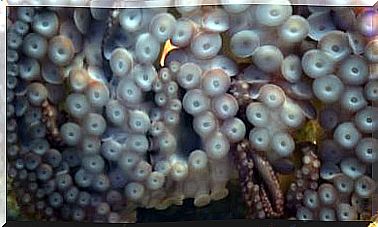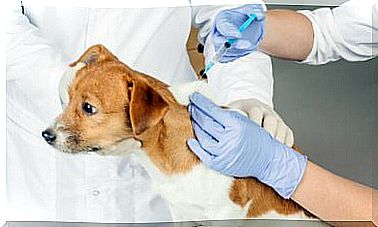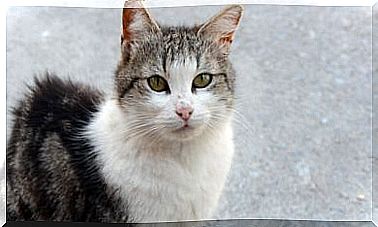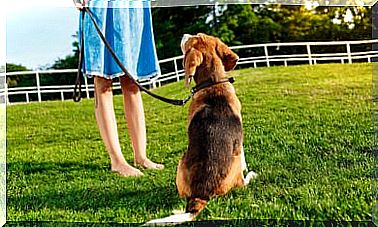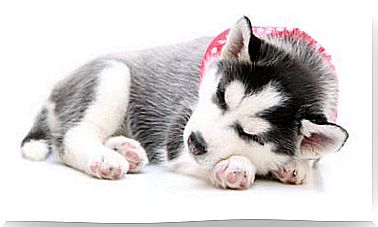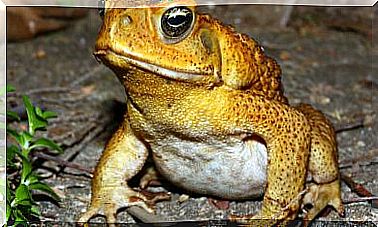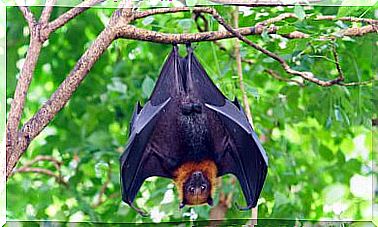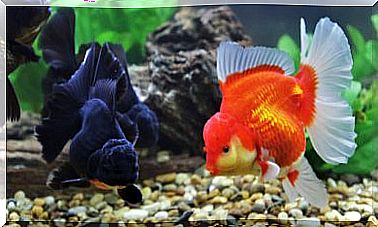Weaning Cats: When And How Should It Be?

The main source of nutrients for cats until weaning is mother’s milk. The milk product secreted from the mother’s nipples has an excellent caloric content – 106 kilocalories per 100 grams – and 40% crude protein. To give you an idea, the same amount of cow’s milk contains 65 kilocalories and 27% protein.
Cat’s milk is more energy efficient than any synthetic food that can be given to the young. In addition, colostrum – the first breast milk – contains enzymes, growth factors and antibodies, which allow the immune system of newborns, weak in an environment full of new pathogens, to kick-start.
For all these reasons, breast milk is equal parts energy and immunity. If this period as natural as it is essential for the life of the cat is cut prematurely, it can suffer serious complications both in the short and long term. Based on this premise, we present you how the weaning of cats should be.
The best time to wean cats
After fertilization, the gestation of a cat lasts from 63 to 67 days, although it is often difficult to estimate exactly how long she has been pregnant. Due to the female ovulation cycle and the male’s sperm viability time, it is possible for a feline to give birth to a litter with pups from different parents.
On average, a pregnant cat gives birth to 4 to 6 pups, although it is not uncommon for a deviation from the mean to occur. The most common is that the mother rejects the food during the first 12 hours, but from the birth of the litter, the lactation period begins. This has an average duration of 8 weeks.
Nature is wise and, therefore, the offspring undergo a series of physiological changes that indicate that it is time to end lactation. From 3 to 4 weeks of age, newborn cats open their eyes, acquire a sense of vision, and begin to show slight motor skills. Therefore, they begin to move out of the lair.
In nature, this period marks the beginning of weaning, as the mother begins to bring dead prey to the litter at around 5 weeks of age. Anyway, this does not mean that at this point you have to separate the offspring from the mother, far from it. The process must be slow and gradual.

The weaning steps
From the fourth week, the feline will be ready to start accepting solid food. However, the young must remain with their mother and siblings. Weaning can be carried out progressively in the following way:
- Begins to offer the pups solid food specific for newborn felines. This is a supplement, so it should not replace milk under any circumstances.
- To make these foods more digestible, try soaking them in warm water. If you make a mixture as a puree, the hatchlings will be able to start eating solid things more easily.
- Offer them a plate of wet food 2-3 times a day. They will know the best time to make the full transition.
- If they have trouble changing their diet, put the pups in a separate room for an hour a day. Put at their disposal the food mixed with warm water, as we have said previously. This will help them to conceive of solid food as such.
If the young at first play with the food, throw it on the ground or get stained with it, do not despair. Keep in mind that they must associate the food with what it really is, and unfortunately this can take a while. Be very patient and be kind to the cats, because reprimand will get you nowhere.
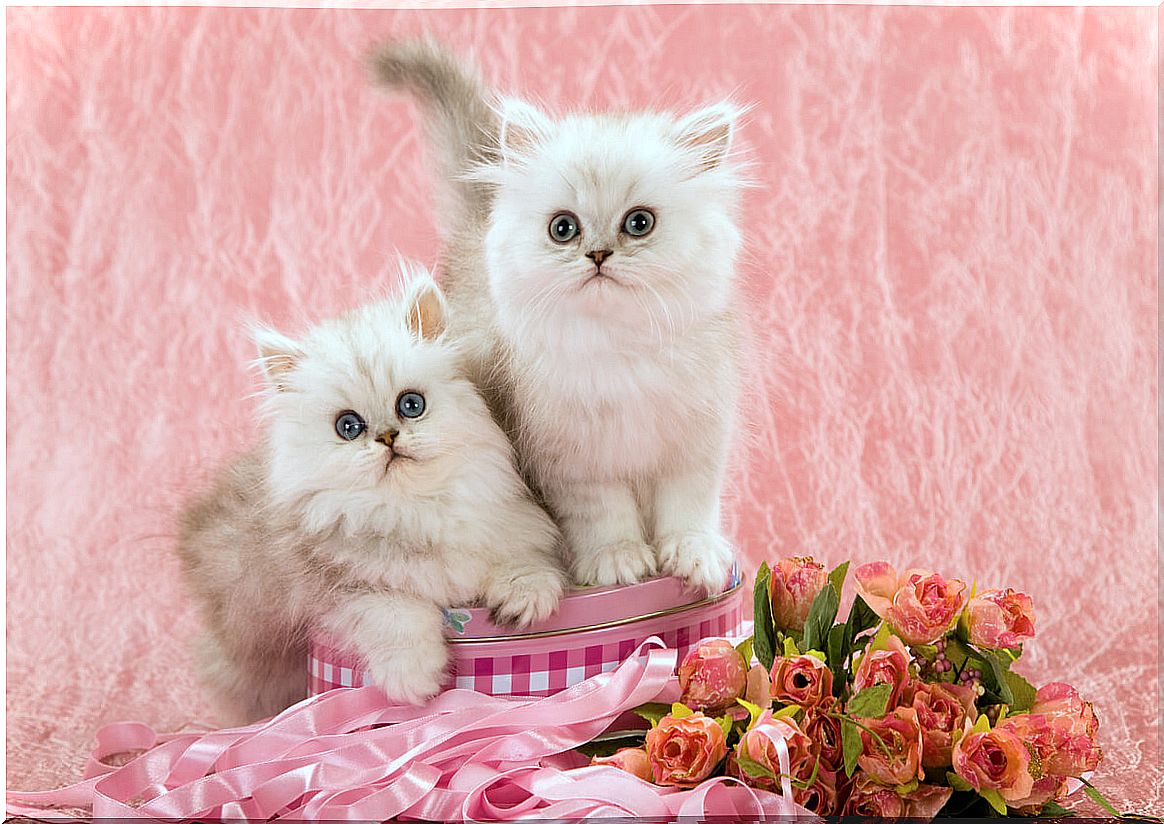
The effects of premature weaning
As a scientific article published in the journal Nature indicates, early weaning can have many negative effects on felines. If the baby is separated from the mother early, she will be more prone to anxiety, aggressive behavior and repetitive movements (stereotypies).
Therefore, it is recommended that complete separation from the mother does not occur before 8 weeks of age. If you respect the times of lactation and socialization of the feline, you will minimize the risks of it having conflictive behaviors in adulthood.

